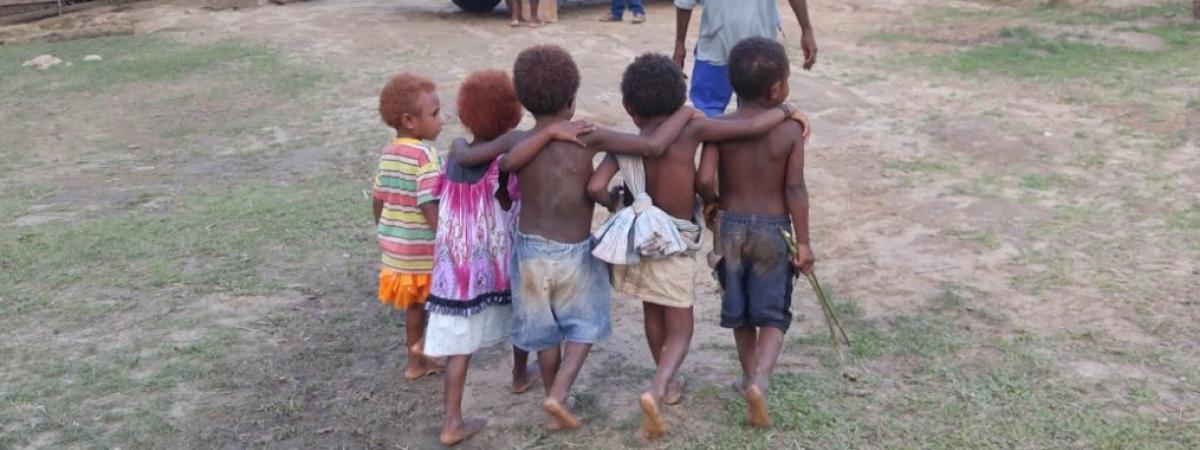Dr. Daniel Tisch is an infectious diseases epidemiologist with 16 years experience studying methods to eliminate lymphatic filariasis. One billion people in the tropics and sub-tropics are at risk for lymphatic filariasis, a “Neglected Tropical Disease” (NTD) that causes elephantiasis, disfigurement of the male genitalia and painful swelling of the extremities. An ongoing global effort to eliminate LF due to Wuchereria bancrofti (Wb) may not meet the WHO target date of 2020 due to gaps that include monitoring strategies and surveillance.
Dr. Tisch has an active study site in the East Sepik region of Papua New Guinea where 1,200 adults and children are treated and monitored annually to quantify the impact of mass chemotherapy in combination with insecticide treated bednets. Anopheline mosquitoes (which spread the parasite in this region) are also collected to estimate the changes in transmission during elimination programs. Interestingly, human blood and mosquito collections must occur late at night – the only time when the worms can be found in human peripheral blood. One of the critical research questions being addressed by Dr. Tisch is how to understand multiple diagnostic assays with discordant results in populations that have received multiple years of treatments. Appropriately answering this question will ensure that 1) valuable public health resources are not wasted providing unnecessary treatments and 2) adequate treatments are provided to communities to halt transmission and eliminate the infection. Recently Dr. Tisch has joined a large study of a novel triple drug treatment against lymphatic filariasis in six countries around the world.
Dr. Tisch is also active in malaria research. He directs the data core and contributes to the epidemiology of malaria research in Papua New Guinea as part of the NIH funded International Centers for Excellence for Malaria Research (ICEMR) led by Dr. James Kazura and serves as an epidemiologist/biostatistician for an NIH funded project of Fetal Immunity to Malaria led by Dr. Christopher King.
References
Reimer LJ, Thomsen EK, Tisch DJ, Henry-Halldin CN, Zimmerman PA, Baea ME, Dagoro H, Susapu M, Hetzel MW, Bockarie MJ, Michael E, Siba PM, Kazura JW. Insecticidal bed nets and filariasis transmission in Papua New Guinea. N Engl J Med. 2013 Aug 22;369(8):745-53. PubMed PMID: 23964936; PubMed Central PMCID: PMC3835352.
Tisch DJ, Alexander ND, Kiniboro B, Dagoro H, Siba PM, Bockarie MJ, Alpers MP, Kazura JW. Reduction in acute filariasis morbidity during a mass drug administration trial to eliminate lymphatic filariasis in Papua New Guinea. PLoS Negl Trop Dis. 2011 Jul;5(7):e1241. PubMed PMID: 21765964; PubMed Central PMCID: PMC3134431.
Small ST, Tisch DJ, Zimmerman PA. Molecular epidemiology, phylogeny and evolution of the filarial nematode Wuchereria bancrofti. Infect Genet Evol. 2014 Dec;28:33-43. PubMed PMID: 25176600; PubMed Central PMCID: PMC4257870.


